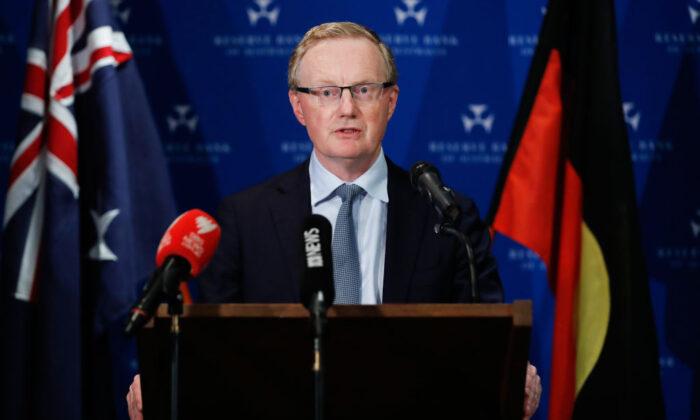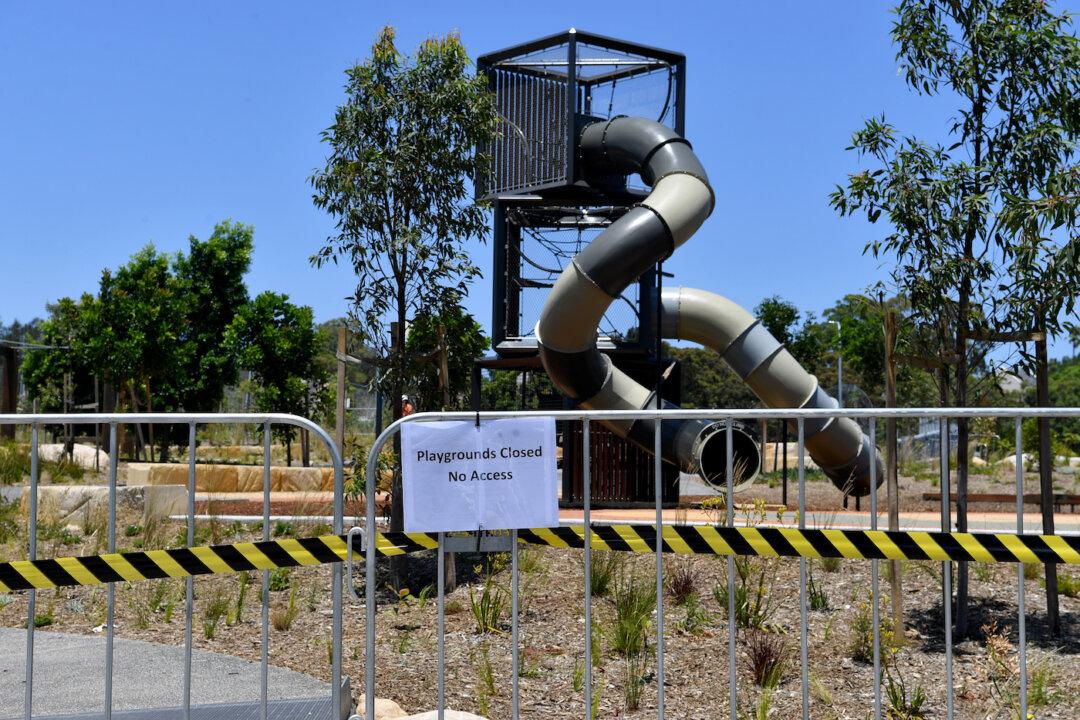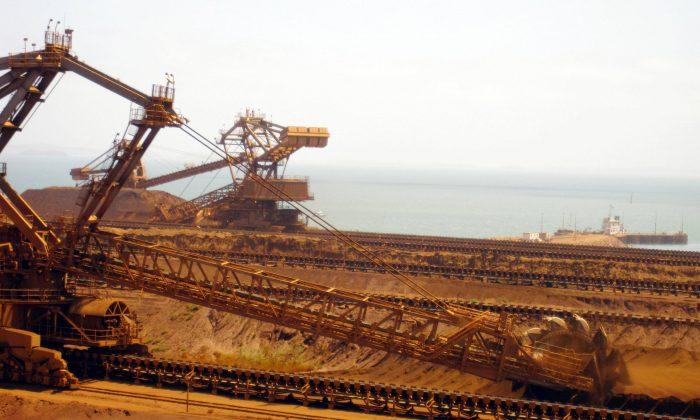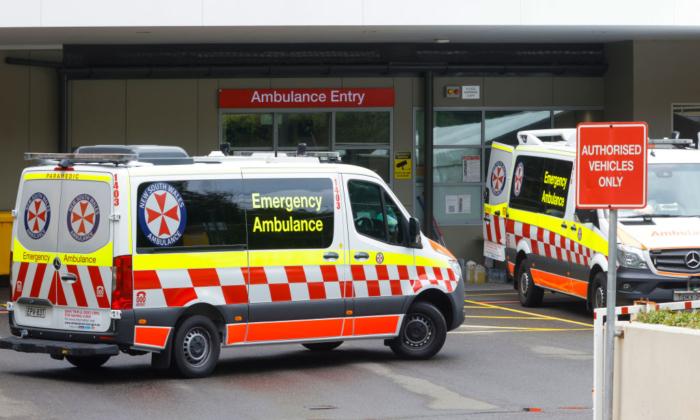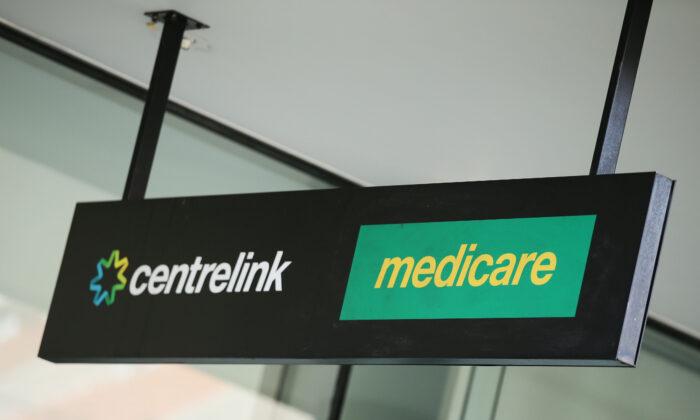The speed of Australia’s economic recovery is depending on the scientists worldwide racing to find a COVID-19 vaccine.
Reserve Bank governor Philip Lowe warns that without a vaccine, the economy will take a lot longer to bounce back as people fear for their health.
Restoring people’s confidence on the health front was a precondition for a strong recovery, he said.
“We might get a vaccine, we might get some anti-viral medication but it’s also possible that we don’t, so we have an incredible lot riding on the work of the scientists,” he told finance professionals in an online conference on May 21.
“If we don’t get breakthroughs on the medical front then I think it’s going to be quite a slow recovery.
“Everyone is going to be nervous about their health so they won’t want to spend.”
Lowe said the faster restrictions in place to slow the spread of the virus could be lifted, the less “economic scarring” Australia would suffer.
Last week’s unemployment data was a stark reminder of the human cost of the efforts to contain the pandemic.
Almost 600,000 Australians lost their jobs in April and another 750,000 were employed but worked no hours, indicating they were probably on the JobKeeper wage subsidy.
That subsidy now covers 6.1 million people.
Treasury boss Steven Kennedy said while the official unemployment rate is 6.2 percent, the true number is closer to 9.6 percent.
That’s taking into account the 489,000 extra people not counted in the jobless data because they weren’t actively seeking work.
Kennedy expects the headline unemployment figure to rise closer to Treasury’s estimated 10 percent as restrictions ease and people start looking for work again.
“The peak in my view would come through in these months in April and May. We'd be pretty close to it (now) would be my guess,” he told a Senate committee.
Forecasting the return of confidence for both consumers and business was the hardest part of looking at the recovery plan.
“The glimmer of hope is that all that productive enterprise that sat there at the beginning sits there at the end,” Kennedy said.
“The question is whether you’ve avoided the destructive cycles of firms going broke because they just ran out of cash.”
A problem regulators and policymakers are now contemplating is what will happen at the end of September when JobKeeper and the temporary doubling of unemployment benefits are set to end.
That will coincide with the end of the six-month loan deferrals banks have offered small business and mortgage holders.
The head of banking regulator APRA Wayne Byres said the outlook was still too uncertain to answer yet.
“Clearly we want to make sure that that just doesn’t become a cliff ... and all of the support disappears at once when the economy and borrowers and banking system, the financial system is not ready to deal with that,” he told the FINSIA online conference.
